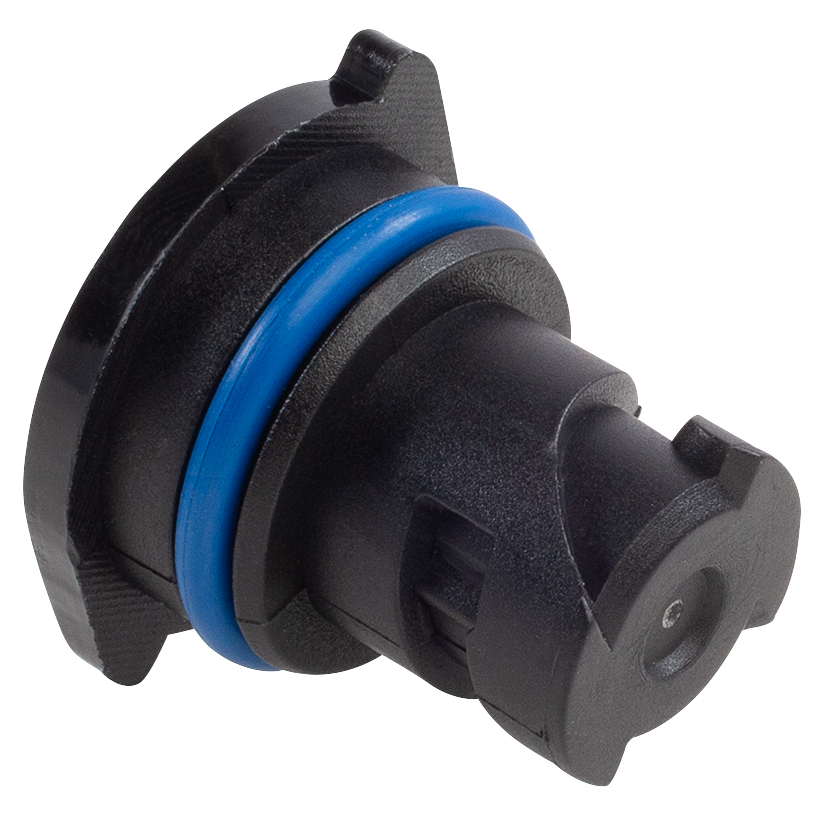Understanding Transmission Oil Pan Gasket Replacement and Maintenance Tips for Vehicle Performance
Understanding the Importance of Transmission Oil Pan Gaskets
The transmission of a vehicle is one of its most critical components, responsible for transferring power from the engine to the wheels. Like any other system within a vehicle, the transmission requires proper maintenance and care to function optimally. One often overlooked yet vital component related to the transmission is the transmission oil pan gasket. This article explores the significance of the transmission oil pan gasket, its functions, potential issues, and maintenance tips.
What is a Transmission Oil Pan Gasket?
The transmission oil pan gasket is a seal located between the transmission oil pan and the transmission case. Its primary role is to prevent transmission fluid from leaking out of the oil pan, ensuring that the transmission system stays adequately lubricated. The gasket is typically made from durable materials such as rubber, silicone, or cork, designed to withstand high temperatures and pressures within the transmission system.
Functions of a Transmission Oil Pan Gasket
1. Fluid Retention The primary function of the gasket is to retain transmission fluid within the oil pan. Proper fluid levels are crucial for the smooth operation of the transmission, as they provide the necessary lubrication for moving parts and help to cool the system.
2. Preventing Contamination The gasket also plays a role in protecting the transmission fluid from contaminants. A proper seal ensures that dirt, debris, and other particles do not enter the transmission system, which could lead to increased wear and tear.
3. Temperature Regulation By maintaining the proper level of transmission fluid, the gasket aids in regulating the temperature of the transmission. Overheating can cause significant damage to the transmission components, and the gasket helps in preventing this by ensuring consistent fluid levels.
Common Problems with Transmission Oil Pan Gaskets
Despite their importance, transmission oil pan gaskets can develop issues over time, primarily due to wear and tear. Some common problems include
1. Leaks One of the most common issues associated with a faulty transmission oil pan gasket is leaking fluid. This can occur due to deterioration of the gasket material or improper installation. A leak can lead to low fluid levels, affecting transmission performance.
2. Hardening or Cracking Over time, exposure to high temperatures can cause the gasket material to harden or crack. This compromises its ability to create a proper seal, leading to potential leaks and fluid loss.
3. Improper Installation If the gasket is not correctly installed during a transmission service or replacement, it can lead to poor sealing and fluid leaks. This highlights the importance of having any transmission work performed by qualified professionals.
Signs of a Failing Transmission Oil Pan Gasket
transmission oil pan gasket

Recognizing the signs of a failing transmission oil pan gasket is crucial for preventing more extensive damage to your vehicle's transmission
. Some signs to look out for include- Fluid Puddles If you notice reddish-brown fluid puddles under your vehicle, it may indicate a transmission fluid leak originating from the oil pan gasket.
- Low Transmission Fluid Levels Regularly checking your transmission fluid is essential. If you find that the levels are consistently low without any obvious signs of leakage, it may suggest a problem with the gasket.
- Unusual Noises Grinding or whining noises from the transmission can indicate insufficient lubrication due to leaking fluid.
- Overheating If the transmission is overheating, it may be a sign of low fluid levels, potentially caused by a failing gasket.
Maintenance Tips
To extend the life of your transmission oil pan gasket and ensure your vehicle runs smoothly, consider the following maintenance tips
1. Regular Fluid Checks Regularly check the transmission fluid level and condition. This can help you identify leaks early and prevent more serious issues.
2. Proper Installation If replacing the oil pan gasket, ensure that it is installed correctly by a qualified technician to avoid future problems.
3. Change Transmission Fluid Follow your vehicle manufacturer's recommendations for changing transmission fluid. Keeping the fluid clean helps the gasket maintain its integrity.
4. Monitor for Leaks Routinely inspect the area under your vehicle for any signs of transmission fluid leaks and address them promptly.
Conclusion
The transmission oil pan gasket, while often overlooked, plays a critical role in maintaining the health of a vehicle's transmission system. Regular maintenance and prompt attention to any signs of wear can significantly extend the lifespan of both the gasket and the transmission itself. Understanding and addressing issues related to the transmission oil pan gasket can save vehicle owners from costly repairs and ensure a smooth driving experience.
-
Understanding Oil Drain Plugs: Types, Issues, and Replacements
News Jun.26,2025
-
Understanding Nylon Drain Plug Washers: A Flexible Solution for Leak-Free Oil Changes
News Jun.26,2025
-
The Importance of the Drain Plug Washer: Everything You Need to Know About Crush Washers
News Jun.26,2025
-
The Essential Guide to Oil Drain Plug Washers: Types, Uses, and Replacements
News Jun.26,2025
-
How to Identify and Fix Common Engine Oil Leaks
News Jun.26,2025
-
Choosing the Right Crush Washer: A Guide to M14 and M18 Aluminum Drain Plug Washers
News Jun.26,2025
-
Why Crush Washers Matter: The Small Seal That Keeps Oil In and Problems Out
News Jun.25,2025
Products categories















